
March 12, 2020
Molding Faradex™ at PowerStream |
||
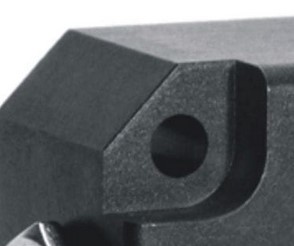 |
||
Introduction to molding FaradexFaradex is a moldable polymer with EMI shielding properties. It comes in electrically conductive and non-conductive (or poorly conductive) formulations, and unlike other stainless-steel loaded plastics it retains the impact strength and tensile properties of its parent compound, which can be ABS, PC, PP, PC/ABS, and PPA, including low temperature impact performance, which other loaded polymers fail to achieve. Faradex also has flame retardant formulations without bromine or chlorine. Why PowerStream Polymer Products as a Faradex molder?PowerStream specializes in low-cost molds and small production runs, 100-1000 pieces work for our production model. We can also move quickly, offer product and case design services, and USA based production.Why would I choose Faradex?The basic reason for considering Faradex polymers is for EMI shielding. The volume conductivity of Faradex allows you to design parts that need no metals or painting to reduce EMI.Cost of FaradexDue to the materials cost, add $2.50 per ounce to the normal part cost.Faradex part design recommendationsSurface conductivitySurface resistivity of Faradex resins can vary beween 10 ohms/square to 100k ohms/square. The higher resistivities have lower EMI shielding values, but are still in the range of 45 dB for 3mm thickness. Plan to keep the case grounded or isolated to prevent unexpected current flowing in the plastic.Wall thicknessFor EMI shielding purposes the wall thickness should be 1.5mm or greater. Wall thickness should also be uniform if possible, abrupt changes in wall thickness could cause the fibers to bunch up at the interface.Ribs, bosses, and strength featuresFaradex parts can be designed just like any other polymer, the same rules for rib thicknesses, feature-caused sinking, etc., that are used for standard plastic design apply.Joint designTo prevent EMI leakage a lap joint or tongue-in-grove joint is desireable. The surface of the polymer is depleated in fibers, so a plain butt-joint will leak. Overlap should be 1.5 to 2.5 times the wall thickness. Alternately an EMI gasket can be used.If cooling or other apertures are needed keep the largest dimension of the apertures less than Lamda/2*pi of the highest frequency you need to attenuate. The wavelength Lamda = C/Frequency, where C is the speed of light (about 3x10^8 m/second, 3*10^10 cm/second, or 1*10^9 inches/second). Impact resistanceSome EMI plastics based on steel fibers are very brittle, the Faradex materials are not, they have close to the same strength and impact properties as their base polymers.TexturingWith a simple EDM or sandblast mold texturing, the finish of Faradex parts can look like any glass-filled part (see the photo above). PowerStream also has the technology to machine-in larger textures for custom appearance or non-slip grip. We can use many of the textures found in Sold Works on our molds. Some formulations of Faradex can produce a smooth finish if desired. The red parts below show an example of our machined-in texturing.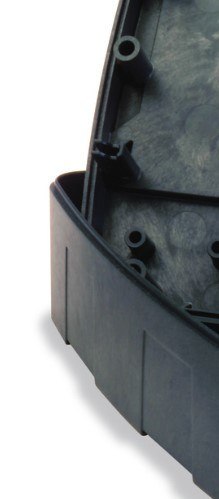 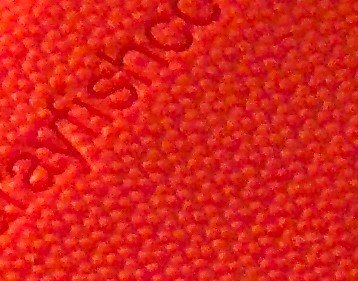 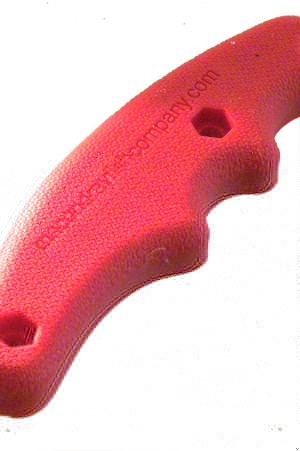
ColorWe love black, who in the molding industry doesn't? But Faradex also comes in custom colors. The standard colors are black and silver.ProcessingPowerStream is limited to about 7.7 oz shot size for Faradex, larger parts up to 12 oz can be considered.Plan for a gate size of at least 1.8mm to prevent the fibers from aligning at the gate through excess shearing. Engraving/LogosPowerStream has the ability to machine very fine detail logos if desired. The fiber-filled nature of Faradex, however, can blurr extra-fine detail.Which Faradex formulation should I choose?There are a bewildering array of formulations available. We would recommend looking at DS0036IP for impact resistance, low temperature performance, smooth surfaces and flame retardance. It is polycarbonate based, and a good general-purpose choice. |
||